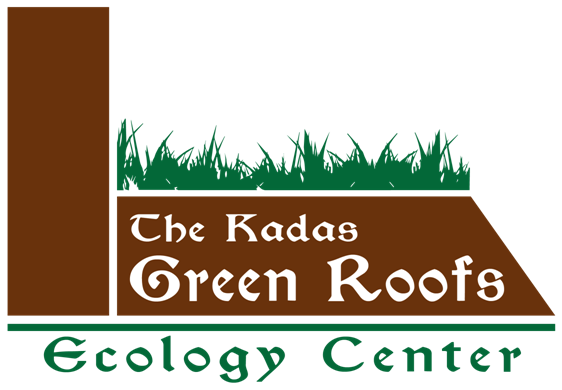What are green roofs?
Green roofs or living roofs, i.e. roofs that contain growing substrate and vegetation, can mitigate many of the negative environmental impacts that urban environments create. “Green” services that they provide may include: thermal insulation for buildings which decreases energy use for heating and cooling; mitigation of the heat island effect; mitigation of carbon dioxide build-up and other pollutants; aesthetic qualities of natural beauty and recreational space; filtration for gray water and storm-water runoff reduction; agricultural and medicinal plant plots; increased efficiency of photovoltaic panel performance by lowering roof temperatures; and lastly, providing a critical habitat in otherwise highly limited urban environments to house ecological communities, thus increasing urban biodiversity.
Scope
Green roofs are a rapidly growing trend across the world’s cities as policy makers become increasingly committed to improving their urban environment. Benefits provided include enhancing biodiversity, mitigating heat, and improving residents’ health by improving air quality as they absorb dust particle pollution and consume CO2. These reasons are cited again and again by cities across North America, Europe and Asia that are accelerating the installation of green roofs through new laws or financial incentives. For instance, in Copenhagen (Denmark) green roofs have been mandatory on all new roofs with a pitch under 30 degrees since 2010.
The Kadas Green Roofs Ecology Research Center at the University of Haifa addresses this concept on multiple aspects, bringing together ecologists, architects and environmental engineers.









